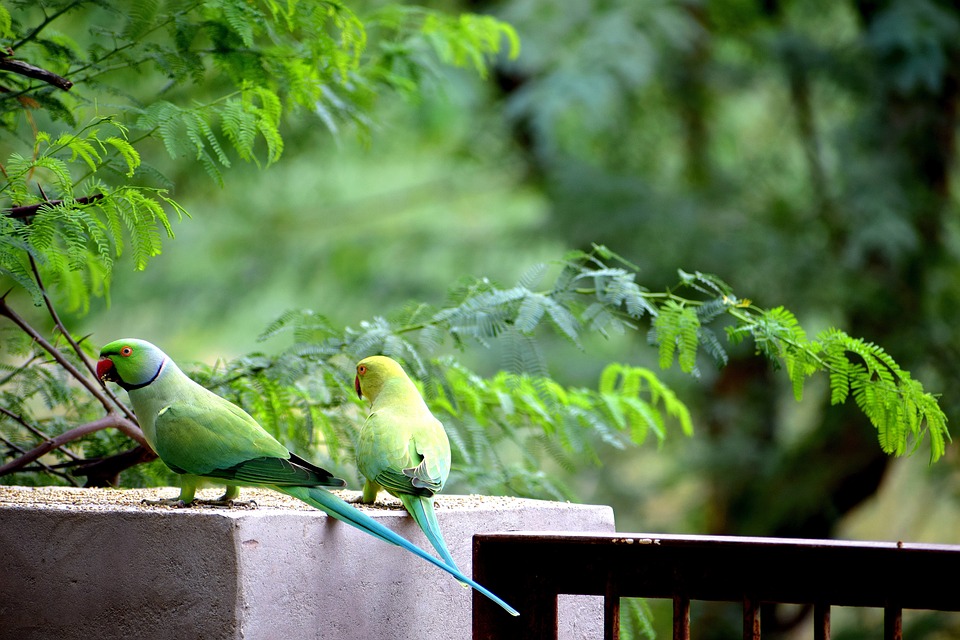Parrots are highly intelligent and social creatures that thrive on mental stimulation and engagement. Training them to perform tricks not only provides entertainment but also strengthens the bond between the parrot and its owner. While many trainers rely on visual cues or treats during training sessions, it is possible to encourage parrots to perform tricks using verbal cues alone. In this article, we will explore effective techniques and strategies to unlock the potential of verbal cues in parrot training.
Before diving into the training techniques, it is important to establish a strong foundation for verbal cue training. This involves understanding parrot behavior and communication. By interpreting their body language and vocalizations, you can better identify natural behaviors that can be shaped into tricks. Building trust and using positive reinforcement are also crucial. Creating a safe and nurturing environment and using rewards and praise can help reinforce desired behaviors.
The next step is introducing verbal cues in parrot training. Choosing clear and distinct verbal cues is important to ensure that the parrot can easily recognize and differentiate between different commands. Selecting words or phrases with distinct sounds and pitches, and avoiding commonly used words in everyday conversation can make the cues more effective. Pairing the verbal cues with target actions is another key step. By associating the verbal cue with the desired trick and using repetition and consistency, the parrot can understand the connection between the cue and the action.
Gradual shaping and progression are also important in training parrots with verbal cues. Breaking down the trick into smaller achievable steps and gradually increasing the difficulty level as the parrot grasps the concept can help them learn and perform tricks more effectively.
There are also techniques to enhance verbal cue training. One such technique is utilizing clicker training. Introducing a clicker as an additional reinforcement tool and pairing the clicker sound with verbal cues can expedite the learning process. Incorporating contextual cues is another effective technique. By associating specific environments or props with tricks and training parrots to perform tricks based on contextual cues, they can better understand and respond to verbal cues. Adding vocalization variations, such as experimenting with different tones, pitches, and speeds, can also help differentiate between different tricks and reinforce the verbal cues.
To address some frequently asked questions, it is important to note that while different parrot species vary in their intelligence and learning capabilities, most parrots can be trained using verbal cues. However, individual parrots may have different learning curves and preferences. The time it takes for a parrot to learn tricks with verbal cues depends on various factors, including the parrot’s age, prior training experience, and the complexity of the trick. Some parrots may learn quickly within a few sessions, while others may require consistent training over several weeks or months. While treats can be used as an additional form of positive reinforcement during the initial stages of training, gradually reducing reliance on treats and transitioning to verbal cues alone is essential to create a strong verbal cue association. If a parrot doesn’t respond to the verbal cues, it may be necessary to review training techniques and consult a professional trainer or avian behaviorist for personalized guidance.
By employing the techniques discussed in this article, parrot owners can tap into their parrot’s remarkable intelligence and train them to perform tricks with verbal cues alone. Patience, consistency, and positive reinforcement are key to successful parrot training. So, get ready to unlock the full potential of your parrot’s abilities and enjoy the wonders of training them with verbal cues.









